 |
| Pockets being reflective |
Pockets is a White Headed Capuchin and Cheeko is a Tufted or
Black Capped Capuchin. Did you know that
capuchins are considered the most intelligent of the New World monkeys and that
they are sophisticated tool users? We
can attest to that! Therefore, they need
a high level of enrichment activities – games, puzzles, plants, tree branches, structures
and food devices. Pockets is always
being inventive and finding new ways to do things! As you know, he loves to paint and gets so
excited to use different colours and techniques when creating. Cheeko is very curious and checks out all the
new things, plays with the “monkey in the mirror” and basks in the glow of his
heat lamp. The two boys play and tease each
other with their long prehensile tails. Although
from South America, they enjoying going out and playing in the snow too, albeit
for short spurts of time. It is
important that they have the choice to do so.
· Like other monkeys in the genus
Cebus, the White Headed Capuchin is named after the friars of the Order of Friars
Minor Capuchin– the cowls worn by these friars closely resemble the monkey's
head coloration. When explorers in the 15th
century found small monkeys which looked like these friars, they named them
capuchin monkeys.
· They can be between eight to thirteen pounds,
with females being smaller. Their life
span is between 30 to 45 years.
· It takes approximate two years for a young
capuchin monkey to become independent from its mother.
· Capuchins are active in the daytime,
and live in groups of 3-30, including at least one male.
· Capuchins are very vocal animals that scream,
whistle and bark. Pockets and Cheeko are always chatting and playing! In this way, they call each other in order to
maintain contact and may express their dislike if someone or something disturbs
them. As with most primates, they
frequently groom each other and have complex social lives with alliances made
between different individuals.
· Capuchins are tree dwellers who live in
low-lying forests, in primary or advanced rainforests. They are native to
Southern Central America and are found from Costa Rica to Paraguay and
Trinidad. When I was volunteering in Costa Rica, the forests around us where
home to wild troops.
· Tufted capuchins are more powerfully built
than the other capuchins, with rougher fur and a short, thick tail. They have a
bundle of long, hardened hair on the forehead that is pronounced or tufted.



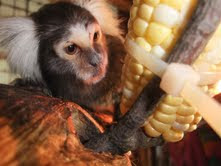
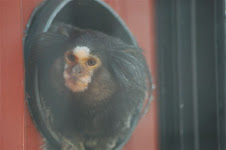
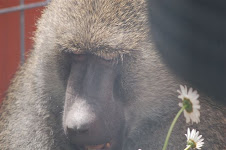
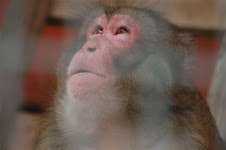
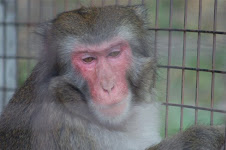
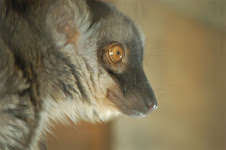

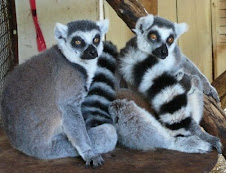

No comments:
Post a Comment